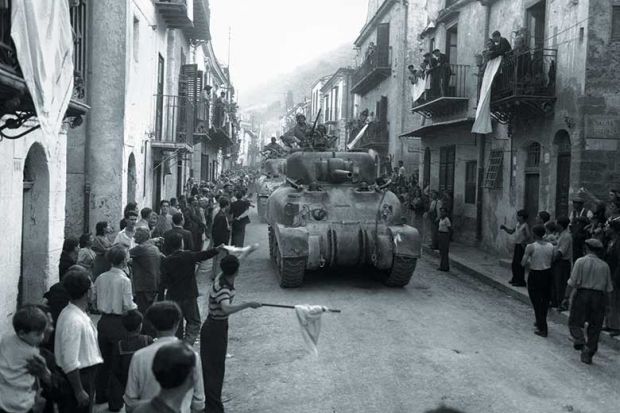The history of the Holocaust is frequently remembered in binary terms: collaborators versus those in the resistance; those who hid Jews from the Nazis and those who informed on them. In recent decades, there have been several revisionist studies that seek a more nuanced account – for instance, looking at how Vichy France supported certain sections of French Jewry in the years 1940-42 – or that challenge the way in which a handful of countries still deny the full extent of their complicity in the genocide, Romania being a pertinent example.
The Italian Executioners falls into the second category. Sullam describes in painstaking detail how ordinary Italians, in collaboration with the fascist police and military, enthusiastically participated in the arrest and persecution of Italian Jews, and how this has been erased from public memory and discourse, replaced by the myth of italiani brava gente – the “good Italians”. Notably, Italy, like Romania, was initially allied with Germany, but then switched sides towards the end of the war, and in both cases, there has been a “whitewashing” of the past, particularly with regard to antisemitism.
The myth of the “good Italians” was also perpetuated by Italian Jews who were desperate to reintegrate after the war, or who wished to acknowledge the little help that they did receive. It is perhaps not surprising, therefore, that of the 13,000 Italians who were convicted for war crimes or misdeeds, an astonishing 10,000 were eventually pardoned, including fascist leaders and government ministers. Many of them went on to enjoy illustrious post-war careers. In one very striking case study, a commissioner at the Race Office of the Venice Police, who had overseen the confiscation of Jewish property during the war, went on to head the very office that returned such property to its original owners.
One of the most chilling chapters focuses on Jewish collaboration and two Jewish informers, Mauro Grini and Celeste Di Porto. Grini used his knowledge of the Jewish community to devastating effect. One witness wrote that “He would stroll through Venice, and upon meeting an acquaintance, would greet him, and then continue on his way. But he was obviously being followed by a tail responsible for shadowing the acquaintance in question.” Di Porto, nicknamed the “Black Panther”, was an 18-year-old Roman Jew, whose lover was a member of the Fascist party. Di Porto not only denounced members of her community, but even her own family. Sullam does stress, however, that Jewish informers were relatively few in number.
There are other engaging accounts in Sullam’s book, but unfortunately much of it is weighed down by a heavy-handed style that exhaustively lists names, figures and dates in a way that is scholarly but dull. It reads a lot like a PhD thesis, tremendously thorough and well-researched but lacking flair. However, the extent to which Italy has concealed its antisemitic past is staggering, and Sullam certainly gets this point across, albeit in a patchy way; his research is a crucial contribution to how we remember the Holocaust.
Giulia Miller is the author of Studying Waltz with Bashir (2017) and Reconfiguring Surrealism in Modern Hebrew Literature (2013).
The Italian Executioners: The Genocide of the Jews of Italy
By Simon Levis Sullam
Translated by Oona Smyth with Claudia Patane
Princeton University Press 208pp, £21.00
ISBN 9780691179056
Published 7 September 2018
